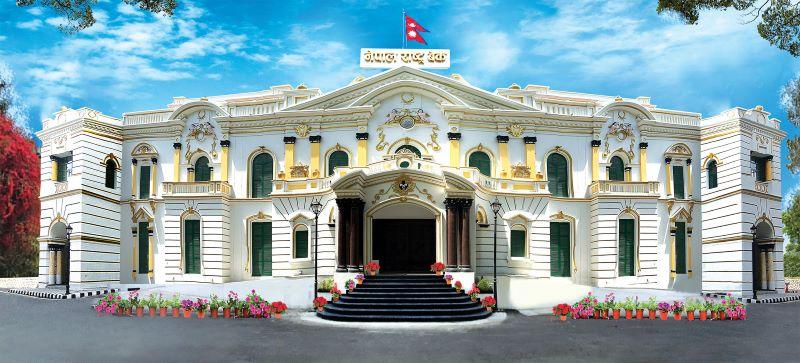Nepal Rastra Bank Unveils National Payment Switch and National Payment Ecosystem — A Major Step Toward a Unified Digital Payment Gateway
Author
NEPSE TRADING

Kathmandu, October 14 — The Nepal Rastra Bank (NRB) has officially launched the National Payment Switch (NPS) and National Payment Ecosystem – Master Reference Document, marking a major milestone in the country’s digital financial transformation. The initiative aims to create a secure, integrated, and transparent national digital payment framework.
Nepal’s financial system is rapidly going digital with the widespread use of mobile banking, QR payments, online wallets, and card-based services. For many users, the smartphone screen has effectively become their “bank counter.” However, this rapid digital expansion has also brought challenges in transparency, interoperability, and cybersecurity.
To address these challenges, NRB has released the draft of this framework for public and institutional feedback, inviting comments from banks, payment service providers, fintech firms, government bodies, and the general public.
Currently, Nepal operates with more than 50 different payment networks, including bank card systems, mobile wallets like eSewa, Khalti, and IME Pay, and various government payment portals — most of which are not interconnected.
This lack of interoperability causes issues such as transfer delays, extra fees, or transaction failures between platforms.
The National Payment Switch (NPS) will serve as a central digital bridge connecting all these systems — enabling banks, wallets, card networks, and government payment services to operate through a single national digital gateway.
The NPS is a centralized digital platform designed to facilitate interoperability, data exchange, and transaction settlement among all digital payment systems in the country.
It will:
Integrate all card, QR, mobile wallet, and bank transfer systems under one framework.
Enable real-time payments (instant settlements) across networks.
Ensure data transparency, traceability, and security at the national level.
Support domestic transaction processing, reducing dependence on foreign networks such as Visa and MasterCard.
The Master Reference Document serves as a national guideline and policy blueprint for Nepal’s digital payment ecosystem. It outlines the technical, operational, and regulatory standards for a unified and interoperable payment infrastructure.
Key highlights include:
Integration and efficient use of existing payment infrastructures.
Implementation of an interoperable retail payment ecosystem for both card and non-card payments.
Facilitation of all domestic transactions in central bank money through the RTGS system.
Promotion of cross-border payment interoperability with global networks.
NRB has opened the draft for feedback and suggestions until Mangsir 20, 2082 (December 5, 2025). The central bank has encouraged participation from all relevant stakeholders — banks, financial institutions, fintech companies, government agencies, and the public — to refine the framework.


